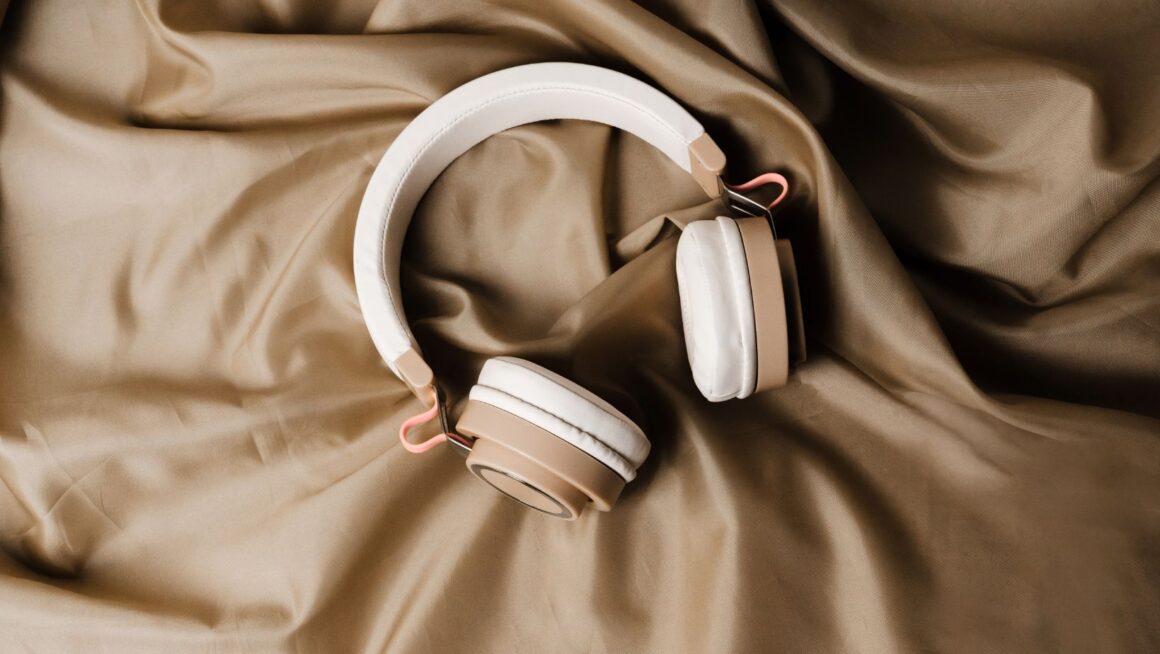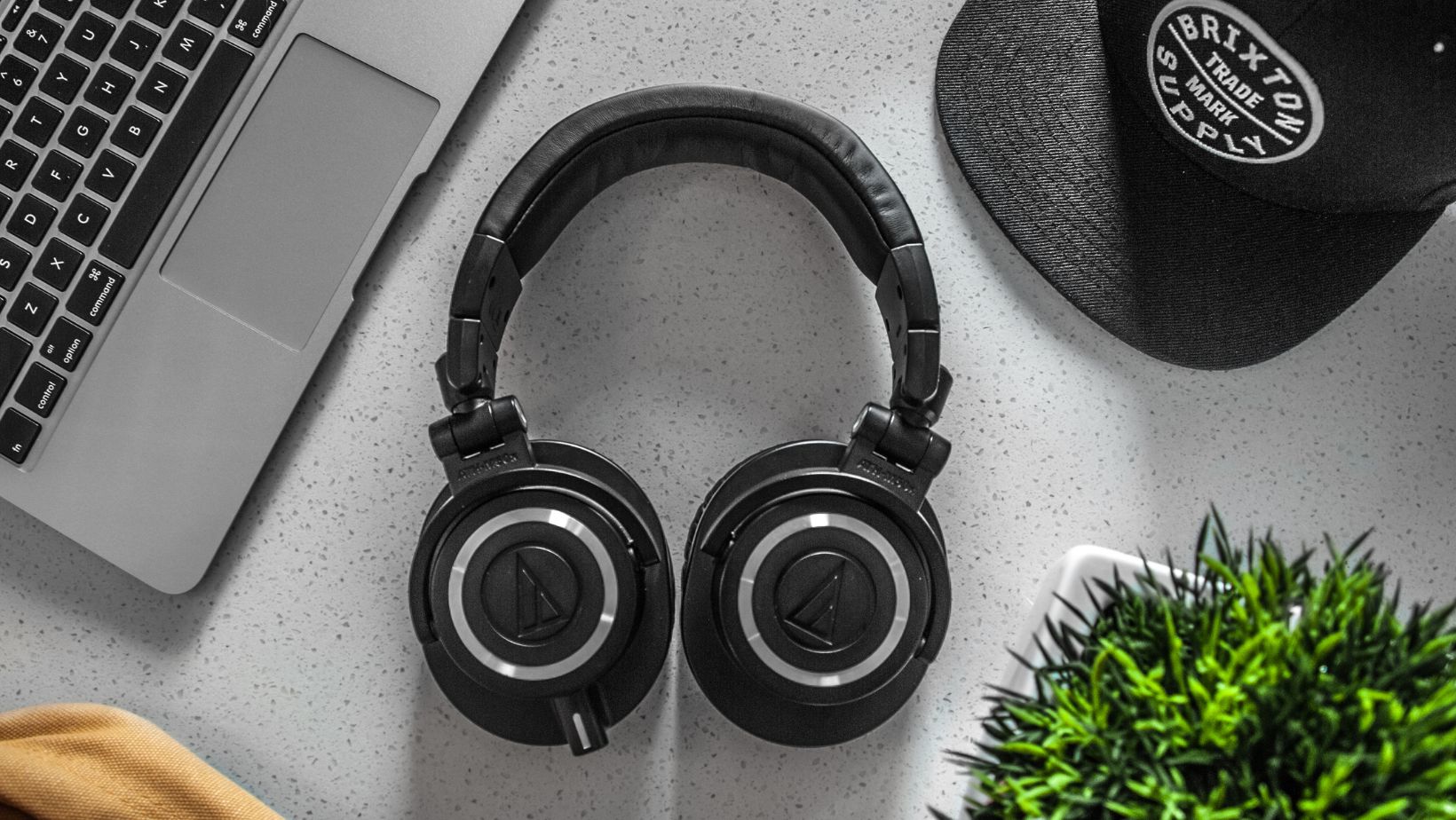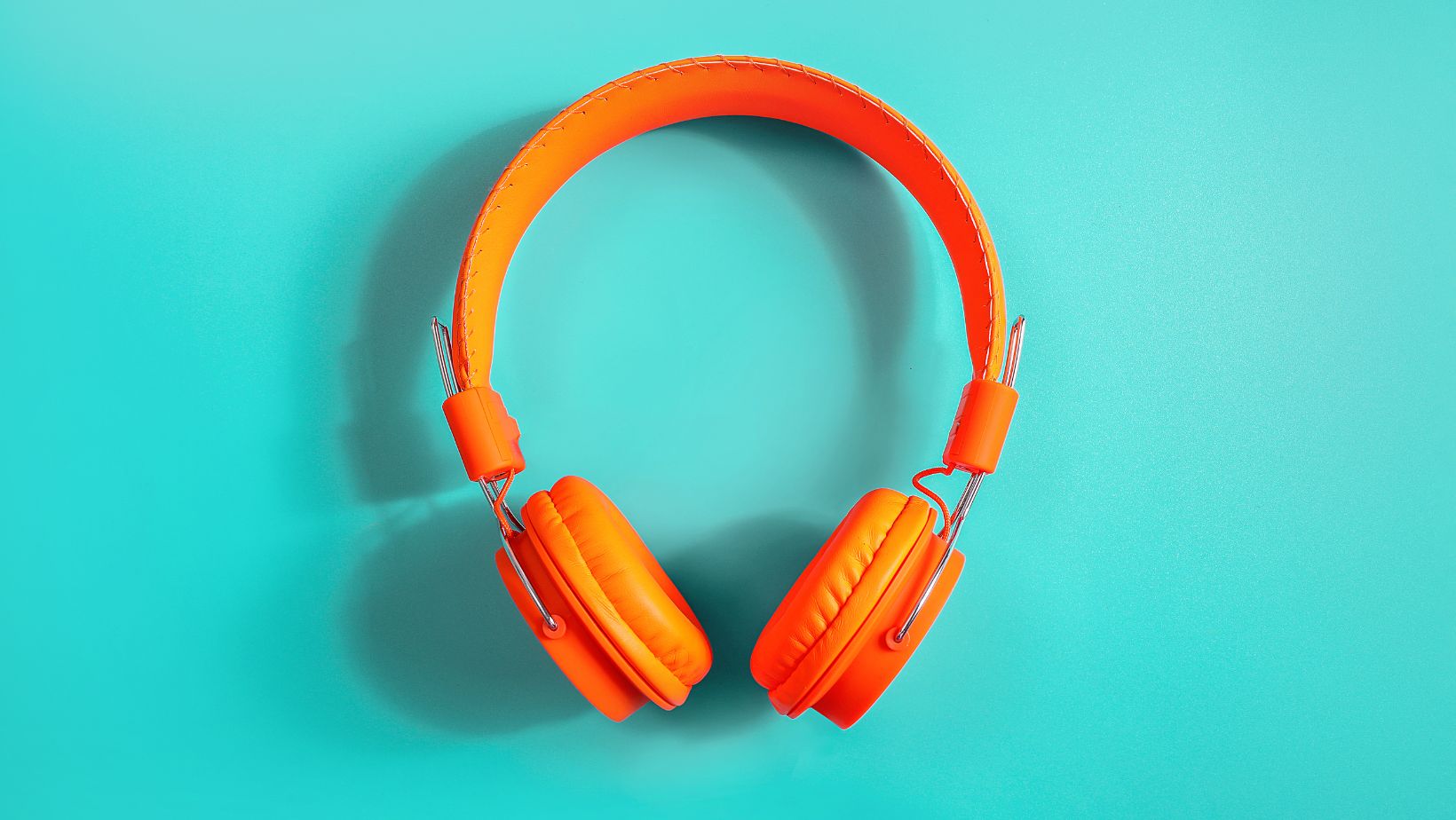Table of Contents
For many, headphones are an essential personal accessory that helps create a unique sound environment. From music lovers to gamers, athletes to office workers — everyone has their own needs. Let’s talk about how to choose the perfect headphones without regret.
Purpose: Choosing Headphones to Match Your Lifestyle
Modern headphones are more than just a device for music. They are your personal guide to the world of sound, adapting to any part of your day.
For Music Lovers
Clear sound, deep bass, and crisp highs are what music enthusiasts seek. They value detailed sound and the ability to catch every note. Full-sized headphones reveal the depth of melodies, from soft vocals to powerful bass.
For Work
The office or home workspace requires a special approach. Noise cancellation and comfort during prolonged use are key. Equally important are clear sound quality for calls and quick switching between devices. Look for headphones with Multipoint functionality (to easily switch between phone and laptop) and a microphone.
For Gamers
Gaming sessions are a world of their own. Gamers need precise sound positioning to hear enemy footsteps or listen to the soundtracks of BetLabel slots and reliable voice communication with teammates. Look for headphones with at least a directional microphone and good noise isolation. The ideal gaming model is lightweight, with an adjustable headband and soft ear pads. And yes, RGB lighting doesn’t affect sound quality.
For Calls
Calls and voice messages are part of our daily lives, and talking with headphones is much more convenient than using a smartphone — if they have a noise-canceling microphone (or at least wind protection) and noise isolation. Otherwise, holding a conversation in a noisy city is a challenge. Also, check for dust and water resistance — at least IP54 — so you can use them even in the rain.
For Sports
Not everyone enjoys the gym’s music, and outdoor runs feel better with motivating tracks. Headphones are a must-have for those who can’t imagine life without sports. Key features include comfort (lightweight and secure fit), noise cancellation (to block external noise), water resistance (for rainy runs and intense workouts), and quality (breathable materials, durable casing).
Choosing the Perfect Format
Size matters — especially when it comes to headphones. The form factor affects comfort, sound quality, and freedom of movement.
In-Ear: Compact and Practical
Imagine headphones the size of a bean — these are in-ear models. They fit easily in your pocket and are barely noticeable in your ears. Perfect for travel and city walks. The sound is detailed and precise, thanks to their close proximity to the eardrum.
However, not everyone likes the “plugged” feeling, and these gadgets are easy to lose. Their battery life is shorter than larger models, but they can be charged on the go using the case.
On-Ear: The Golden Middle
These headphones rest directly on the ear. They are more compact than full-sized ones but bulkier than in-ear models. Ideal for the office and short trips. They’re comfortable to wear with glasses and don’t press on the ears.
However, their noise isolation is average, and the bass isn’t as powerful as in larger headphones. But they are practical and versatile — like a pair of jeans in your wardrobe.
Over-Ear: The Peak of Comfort
Large ear cups fully enclose the ears, delivering powerful, rich sound with deep bass.
Over-ear headphones are perfect for home music listening, working at a computer, or long gaming sessions. Their noise isolation is excellent, letting you enjoy music even in a crowd.
However, they are bulky, won’t fit in a pocket, and can be hot to wear in summer. But when it comes to comfort and sound quality, these drawbacks are outweighed.
Acoustic Design
The acoustic design of headphones determines how they interact with the world around you and your ears. The difference is as striking as between a closed concert hall and an intimate chamber venue.
Closed-Back Headphones
These models create a sealed space around your ears. Sound stays inside, while external noise stays out. They are ideal for the office, public transport, or working from home without disturbing others.
In closed-back headphones, bass sounds rich and powerful, and the audio is focused and immersive. However, the enclosed space can sometimes create a sense of pressure on the ears, especially during extended listening.
Open-Back Headphones
Here, the back of the ear cups has special vents or mesh, allowing air and sound to pass freely, without reflecting inside the cups.
The main advantages are natural sound and a wide soundstage. Musical instruments feel as though they are arranged around you in a real space, making these headphones perfect for classical music or jazz.
But there’s a downside: open-back models don’t isolate you from external sounds, and people around you can hear what you’re listening to. They’re not suitable for offices or public transport.
Semi-Open Headphones
There’s also a middle ground — semi-open headphones. They combine the benefits of both types: adequate sound isolation and natural sound. If you need a balance between isolation and audio realism, these are the headphones for you.






